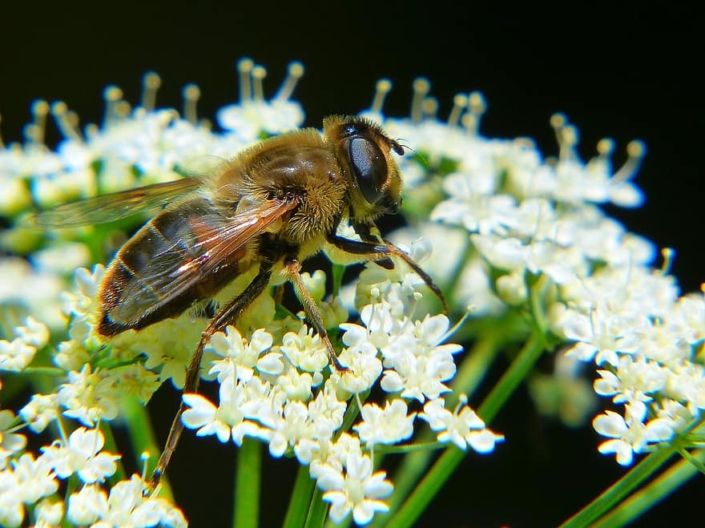Aug . 24, 2024 09:05 Back to list
Enhancing Pear Tree Pollination for Improved Quality and Service in Agriculture
Enhancing Quality Service through the Pollination of Pear TreesPollination plays a crucial role in the production of quality fruits, including pears. The process involves the transfer of pollen from male to female floral organs, leading to fertilization and the development of fruits. Understanding and optimizing the pollination of pear trees is essential not only for increasing yield but also for enhancing the overall quality of the pears produced. This article explores the significance of pollination in pear tree cultivation and how it can be improved to ensure better service quality for both growers and consumers.Pollination in pear trees is primarily carried out by bees, particularly honeybees. These pollinators are attracted to the flowers due to their nectar and pollen. Effective pollination results in a higher fruit set and improved fruit quality, characterized by size, taste, and texture. Inadequate pollination can lead to poor fruit development, resulting in smaller, less flavorful pears. Therefore, enhancing pollination efficiency is vital for maximizing the potential of pear orchards.To improve pollination services, several strategies can be implemented. First and foremost is the selection of appropriate pear varieties. Many pear varieties are not self-fertile and require cross-pollination from compatible partners. Therefore, it is essential to plant a mix of compatible varieties in orchards to ensure effective cross-pollination. Growers must research and strategically plan which varieties to plant together to improve pollination rates.Moreover, the health and abundance of pollinators are critical to successful pollination. Maintaining a healthy bee population in and around orchards can significantly boost pollination success. This can be achieved by planting wildflowers and creating habitats that encourage bees to thrive. Minimizing pesticide use, especially during flowering periods, is crucial as pesticides can harm beneficial pollinators. By adopting bee-friendly practices, growers can enhance the effectiveness of pollination and, consequently, the quality of the pears produced.In addition to natural pollinators, growers can also consider artificial pollination techniques. Hand pollination involves transferring pollen manually using brushes or other tools, ensuring that flowers receive the necessary pollen for fertilization. While labor-intensive, this method can be particularly beneficial in situations where natural pollination is insufficient. Implementing such techniques can help maximize the potential of pear trees and ensure consistent fruit quality.Training and education are also essential components of improving pollination services. Providing resources and knowledge to growers about the importance of pollination and best practices can lead to better management of pear orchards. Workshops and extension services can help farmers understand the nuances of pollination, from selecting varieties to managing pollinators effectively.In conclusion, the pollination of pear trees is vital for enhancing the quality of the fruit and overall service in the agricultural industry. By focusing on the selection of compatible varieties, promoting pollinator health, employing artificial pollination techniques, and educating growers, the efficiency and effectiveness of pollination can be significantly improved. These efforts not only contribute to increased yield but also ensure that consumers receive high-quality pears, ultimately benefiting the entire supply chain from farm to table. As such, investing in pollination practices represents a tangible opportunity to elevate the quality of service in pear production.
pollination of pear trees to improve quality service

.
-
Artificial Pollination Solutions for Pear Trees Auxiliary Pollination Services & Pricelist
NewsJun.10,2025
-
Bagging Paper Bag for Fruit - Wholesale Suppliers & Manufacturers for Fruit Factories
NewsJun.10,2025
-
Premium Apple Birch Tree Pollen Suppliers Quality Exporters
NewsJun.09,2025
-
Lorado Pollen Suppliers Pure Apricot Flower Pollen Collection
NewsJun.09,2025
-
Premium Mulberry Pollen Natural Source for Bee Health & Nutrition
NewsJun.09,2025
-
Optimize Cross Pollination Functions Top Manufacturers & Suppliers
NewsJun.09,2025